It’s official: The old Southwest Airlines is gone.
The airline began booking its first assigned seats on July 29. At the same time, it opened its new extra-legroom seats for sale. The first flights with those confirmed seat assignments will be Jan. 27.
This seismic shift for the carrier, long known for its egalitarian cabin and open seating, came two months after Southwest began charging its first bag fees and implemented a basic economy fare.
Results from the introduction of bag fees and basic economy fares were mixed, executives reported during the company’s July 24 earnings call. For approximately three weeks after those changes were implemented on May 28, COO Andrew Watterson said, the airline lost out on bookings as flyers went to its website and saw the no-frills Basic product, which doesn’t come with bags and doesn’t allow changes without a fare upgrade. Wanna Get Away, which Basic replaced, had come with two free bags, no change fees and other perks not matched by the Basic fare.
As a result, the airline took a hit of half a percentage point in the second quarter in its revenue per available seat mile and expects a further hit of one percentage point this quarter.
But Watterson said booking conversion rates have since returned to normal.
On the other hand, Southwest said checked bags were selling at a higher-than-expected rate per customer and that the rate is in the middle to high end of the U.S. industry.
As a result, Southwest expects to earn $350 million this year just in bag fees.
Watterson added that Southwest will pick up more business in August as schedule changes lead to more optimization for connecting itineraries, especially for redeye customers and in airports such as Denver, Nashville and Baltimore.
Overall, Southwest said it’s on target to achieve its 2025 goal of $1.8 billion in incremental earnings before interest and taxes (EBIT) due to new initiatives and cost-saving measures.
“I have high confidence in our transformation journey and the significant value it brings,” CEO Bob Jordan said.
He said more business model changes will be coming. Possibilities include Southwest lounges, premium-seat products and long-haul flights with new aircraft types (Southwest is notable for its dedication to only flying Boeing 737s).
Analysts, though, said it was too early to say how Southwest’s current initiatives are going.
Bags didn’t go on sale until two-thirds of the way through the second quarter, noted Brett Snyder, who pens the Cranky Flier blog. And seat assignments are still only available for very advanced bookings.
“Q3 should tell us more about bags, but it will probably be Q4 or later before we can get a read on seat revenues,” Snyder said.
J.P. Morgan analyst Jamie Baker wrote in an investment note that the low end of Southwest’s full-year EBIT forecast is now $600 million, 65% below its $1.7 billion forecast in March.
Baker also added that if that $600 million includes $1.8. billion in incremental earnings from new initiatives, it speaks poorly to Southwest’s core operations. But he said he doubted Southwest can achieve that full-year EBIT forecast, saying it contains unrealistically optimistic assumptions about fourth-quarter demand.
Some things stay the same
One thing that appears not to have changed at Southwest, though, is its folksy manner of customer communication.
A Southwest commercial about assigned seating includes one self-deprecating scene in which a young man at a bar comments: “I can’t believe no one has ever thought of this before.”
In another scene, a man comments to his partner, “Now we can sit together on the plane.” She responds: “Do we have to?”

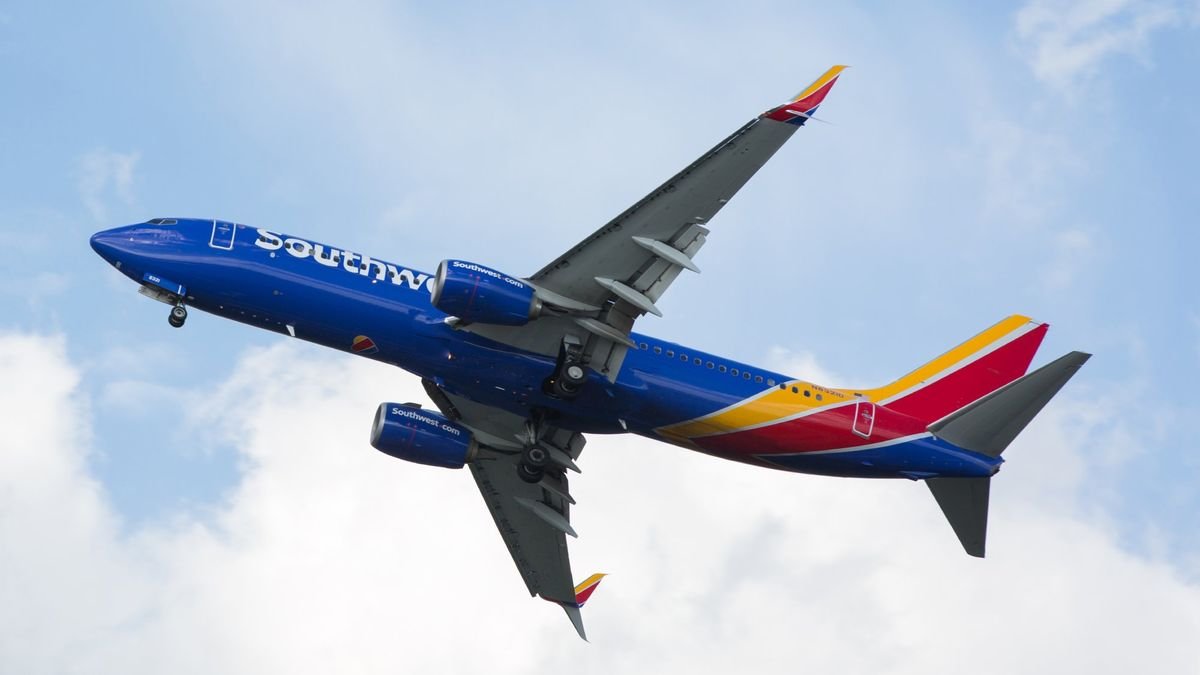


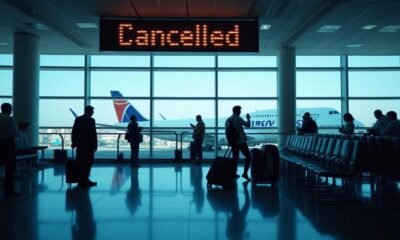

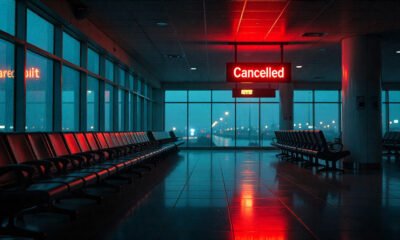

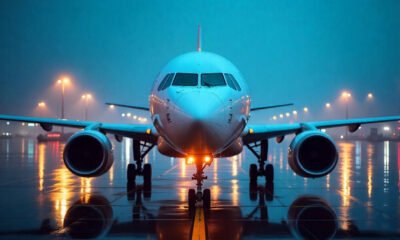

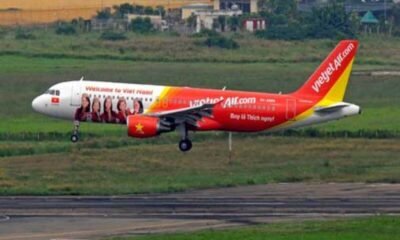



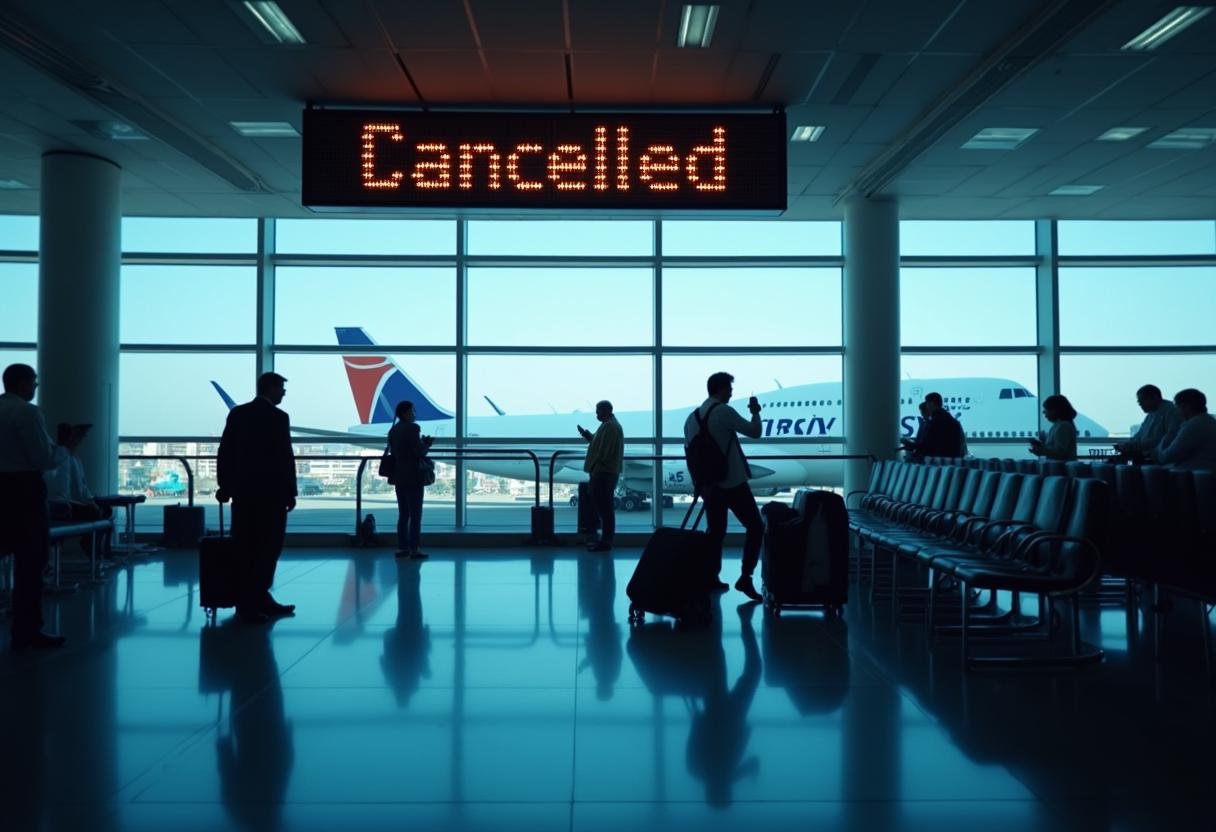
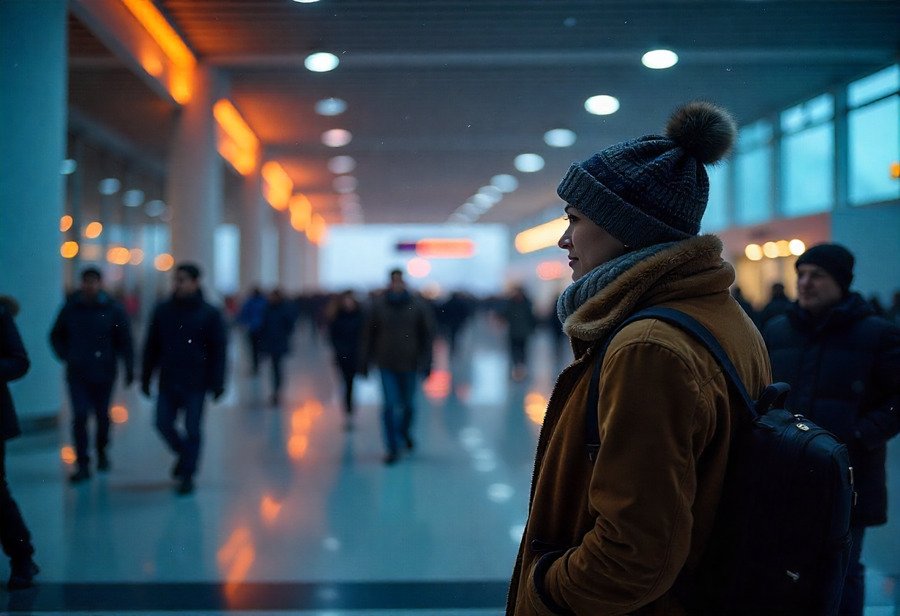





















You must be logged in to post a comment Login